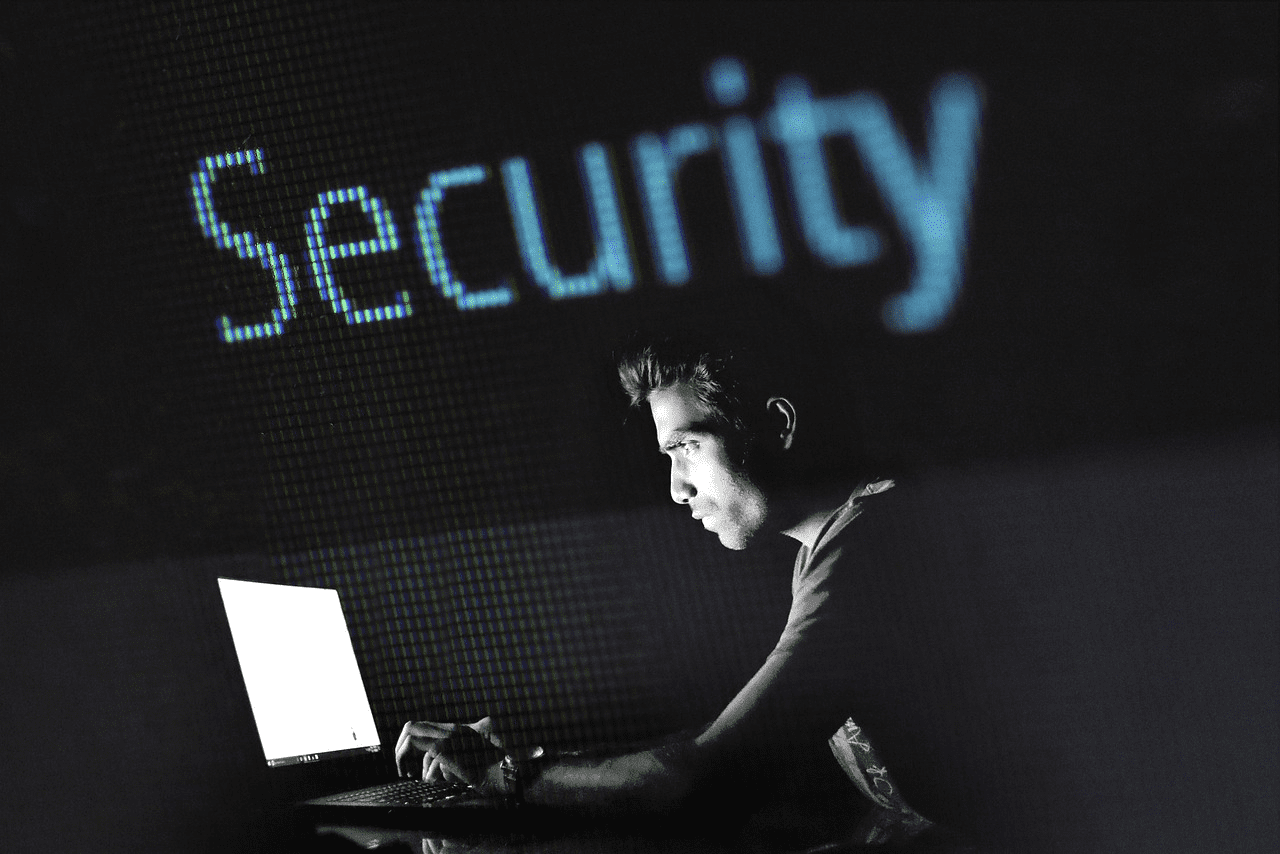Securing business technology is more important than ever. With the rise of cyber threats, companies must take proactive measures to safeguard their digital assets. Cybersecurity breaches compromise sensitive information and can lead to significant financial losses and damage to a company’s reputation. Implementing security practices is crucial to mitigating risks and ensuring a safe technological environment.
Conduct Regular Risk Assessments
One of the most vital steps in enhancing your security posture is to conduct regular risk assessments. Understanding the unique vulnerabilities within your organization allows you to prioritize your cybersecurity efforts effectively. Risk assessments should involve evaluating all potential threats to your systems, including insider threats, malware, and phishing attacks.
By identifying what data is most critical to your operations, you can allocate resources accordingly and develop an informed response strategy. Engaging with cybersecurity grc services can provide valuable insights into the evolving threats. These services help businesses align their security measures with risk management practices, ensuring that current threats are addressed and mitigated efficiently. Regular assessments can uncover new vulnerabilities and threats, allowing organizations to stay one step ahead of potential attackers.
Implement Strong Password Policies
Establishing strong password policies is another vital practice for securing business technology. Passwords are often the first line of defense against unauthorized access, which is why companies should require complex passwords that are difficult to guess. A strong password typically contains a mix of uppercase and lowercase letters, numbers, and special characters.
Implementing a policy that mandates password changes at regular intervals can enhance security. Users should also be educated on recognizing phishing attempts, which can compromise their credentials. Multi-factor authentication (MFA) should be adopted whenever possible, adding a layer of security. MFA ensures that even if passwords are compromised, unauthorized users cannot easily access your systems.
Keep Software Updated
Regularly updating software is important for maintaining security. Software developers frequently release patches and updates to fix vulnerabilities that could be exploited by cybercriminals. Organizations should establish a protocol for checking for updates and applying them promptly. This includes operating systems, applications, and any third-party software used within the business.
Businesses should employ automated solutions to manage their software updates effectively. This ensures that all systems are consistently updated without the risk of human error. A proactive approach to software updates significantly reduces the risk of exploitation and helps maintain a secure environment for business operations.
Train Employees on Cybersecurity Best Practices
Employees play a crucial role in maintaining the security of business technology. Therefore, regular training on cybersecurity best practices is paramount. Organizations should invest in comprehensive training programs that educate staff on the importance of data security, recognizing potential threats, and safe internet habits.
Implementing a culture of security awareness can make a significant difference in your organization’s resilience against cyber threats. Employees should be encouraged to report suspicious emails or activities immediately, creating an environment where security is everyone’s responsibility. Regularly revisiting the importance of cybersecurity can reinforce good habits and keep security top of mind among staff.
Utilize Firewalls and Antivirus Solutions
Firewalls and antivirus solutions are foundational elements of a robust cybersecurity strategy. Firewalls act as barriers between trusted internal networks and untrusted external networks, monitoring incoming and outgoing traffic to protect sensitive data. Organizations should deploy next-generation firewalls that provide advanced threat protection. Antivirus solutions also play a critical role in defending against malware and other cyber threats.
Businesses should choose reputable antivirus software that offers real-time protection and scheduled scans. Integrating these tools with employee training and awareness can create a comprehensive approach to cybersecurity. Regular reviews and updates to these systems are crucial for maintaining their effectiveness against evolving threats.
Develop an Incident Response Plan
No security measure is foolproof, which is why having an incident response plan is vital. This plan should outline specific roles and responsibilities in the event of a security breach, guiding the organization to respond quickly and effectively. The response plan should include strategies for containment, eradication, recovery, and communication.
Practicing the incident response plan through simulations can help ensure that employees are familiar with their duties and reduce the time taken to respond to an actual breach. Regularly reviewing and updating the plan to accommodate new threats and changing technologies is crucial for maintaining its relevance and effectiveness.

To maintain a secure technology environment, businesses must adopt a multifaceted approach to cybersecurity. From conducting regular risk assessments to training employees on best practices, implementing robust password policies, and utilizing up-to-date software, every aspect plays a vital role in protecting sensitive information. Engaging with cybersecurity services can further reinforce your security measures, keeping your organization well-informed and prepared against emerging threats.



































